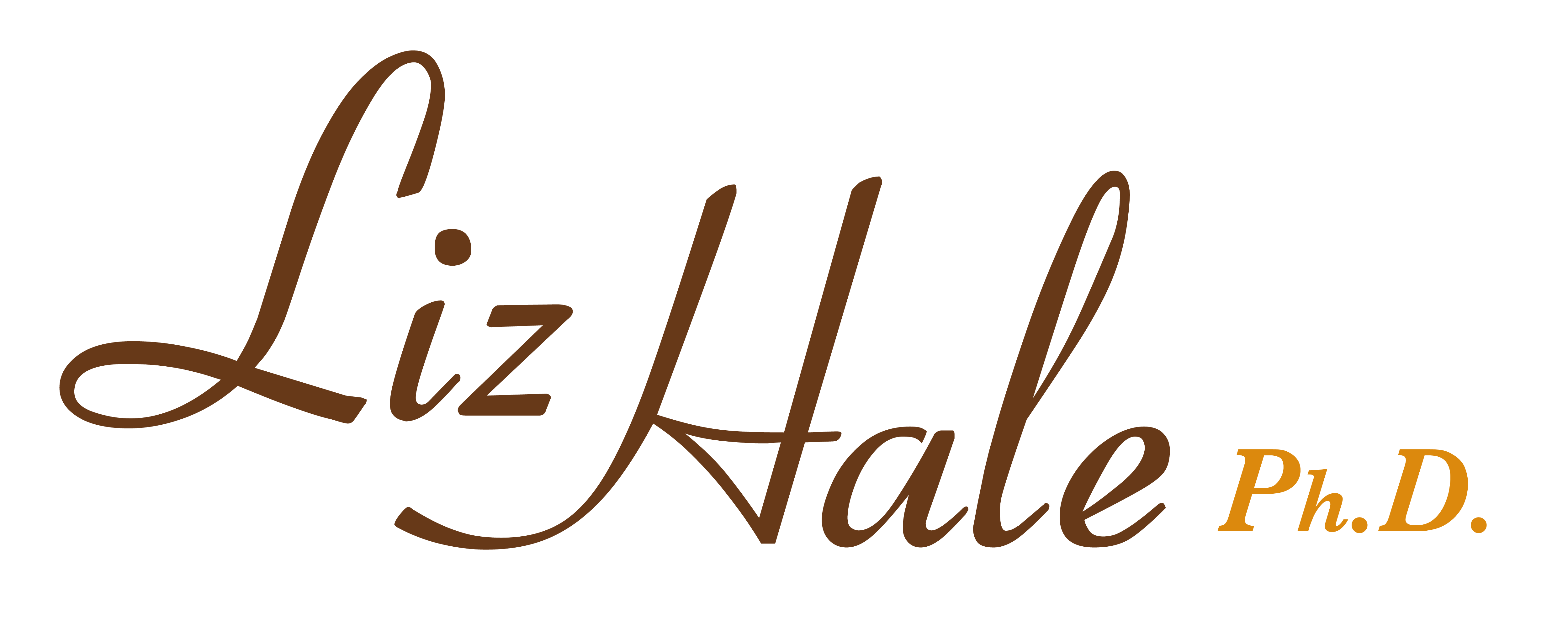Understanding Mental Health: The “What”
KSL Television ~ Studio 5 ~ View Video Segment
An alarming two-thirds of all people in the United States with mental health disorders do not seek treatment (Surgeon General’s Report on Mental Health, 2008). Yet, for those who do, nine out of ten claim that therapy made a significant impact in their recovery (American Psychological Association).Sometimes it feels that there are about as many therapies as there are therapists. Which is probably a very good thing because, remember, the numbers are staggering! Over 44 million American adults and 4 million youth (between the ages of 9 – 17) suffer with a particular kind of mental health disorder. Through the course of their training and expertise, mental health professionals often develop a certain expertise in specific areas and establish preferred modes of therapy. Most therapists work with their clients to determine the most effective treatment plan, which may even involve elements of several different types of therapy, i.e., a combination of behavioral therapeutic techniques and psychodynamic therapeutic techniques. (That’s called an “eclectic approach” to therapy.)You often hear the term “psychotherapy.” The picture that often comes to mind is the classic one of a client, a couch, and a psychologist with a notepad and pencil in hand. But I’m often asked: What is “psychotherapy” exactly?
Psychotherapy is the overall treatment of mental and emotional disorders through the process of talking about the condition and related issues with a mental health professional. It has many names; it’s also known as talk therapy, counseling, psychosocial therapy, or simply, therapy.
There are several purposes to psychotherapy and that it begins with a greater self-awareness.
PURPOSE OF PSYCHOTHERAPY
� Gain a greater understanding
� Identify troubled thoughts & behaviors
� Explore relationships & experiences
� Develop coping & problem-solving skills
� Set realistic goalsTherapy can be short-term, with just a couple of sessions, or it can involve many sessions over several years. It can take place in individual, couples, family, or group sessions. Sometimes psychotherapy is even combined with other types of treatment, such as, medication.
TYPES OF PSYCHOTHERAPY
� Individual, Marriage, Family, Group
� Pre-Marriage
Pre-marriage counseling is learning all about the dynamics of an intimate relationship and how to maintain a deep and satisfying marital friendship. Couples who participate in comprehensive premarital counseling may actually lower their risk of divorce by 30%. The goals of marriage preparation are to deepen the understanding of yourself and your partner; clarify your expectation, desires, and goals; identify strengths and growth areas; and learn skills that will enhance communication, resolve conflict, and nurture intimacy.
Psychoanalytic
I think most of us at one time or another have heard about Sigmund Freud and the famous Freudian slips. That really is a type of therapy and we have some gifted psychoanalysts here in Salt Lake City. Generally speaking, therapists spend time listening to their clients and looking for patterns or significant events that may play a role in the client’s current difficulties. Psychoanalysts believe that childhood events and unconscious feelings, thoughts, and motivations play a role in mental illness and maladaptive behaviors. The therapists offers an empathic and nonjudgmental environment where the client can feel safe in revealing feelings or actions that have led to stress or tension in their lives. Clients interested in psychoanalysis must be willing to commit to an intensive and long-term therapy process.
Cognitive Behavioral Therapy
CBT therapists believe that irrational thinking or faulty perceptions cause behavioral dysfunctions. This type of therapy targets changing one’s thought patterns – and is especially effective for clients suffering from depression or anxiety. Exposure therapy can also be a part of CBT work. For example, a client wanting to overcome a fear of heights, a therapist would encourage the client to first imagine standing on the rood of a tall building or riding an escalator. Then, the client would slowly expose themselves to greater and greater levels of their fear until the phobia diminished or disappeared entirely.
Art Therapy: Being creative can be healing and communicate what words cannot (clay, paint, and other art form mediums create images that explore feelings, dreams, or memories).
Transactional Analysis: Personality has 3 main ego states: Parent, Adult, and Child. They interact internally and with others’ ego states, as well.
Neuro-Linguistic Programming: The power of your words! Neurology, language, & programming is a powerful combination that can alter your life!
EMDR: Uses Rapid Eye Movement to treat anxiety, trauma, panic, and other disturbing emotions. (The human body uses REM during sleep time to process daily emotional experiences. Certain eye movements reduce the intensity of disturbing thoughts.)
The Sedona Method: While this is not a theory it is an effective concept and one of several emotional release techniques. We hold on to our feelings and forget that we are holding on to them. If you are having a hard time letting go of something, look into this technique!
Bottom line: Whatever type of psychotherapy one chooses, the goal of therapy is for a client and clinician to work together in a safe, nonjudgmental environment towards a mutually agreed upon set of goals that are life-fulfilling for that client.
